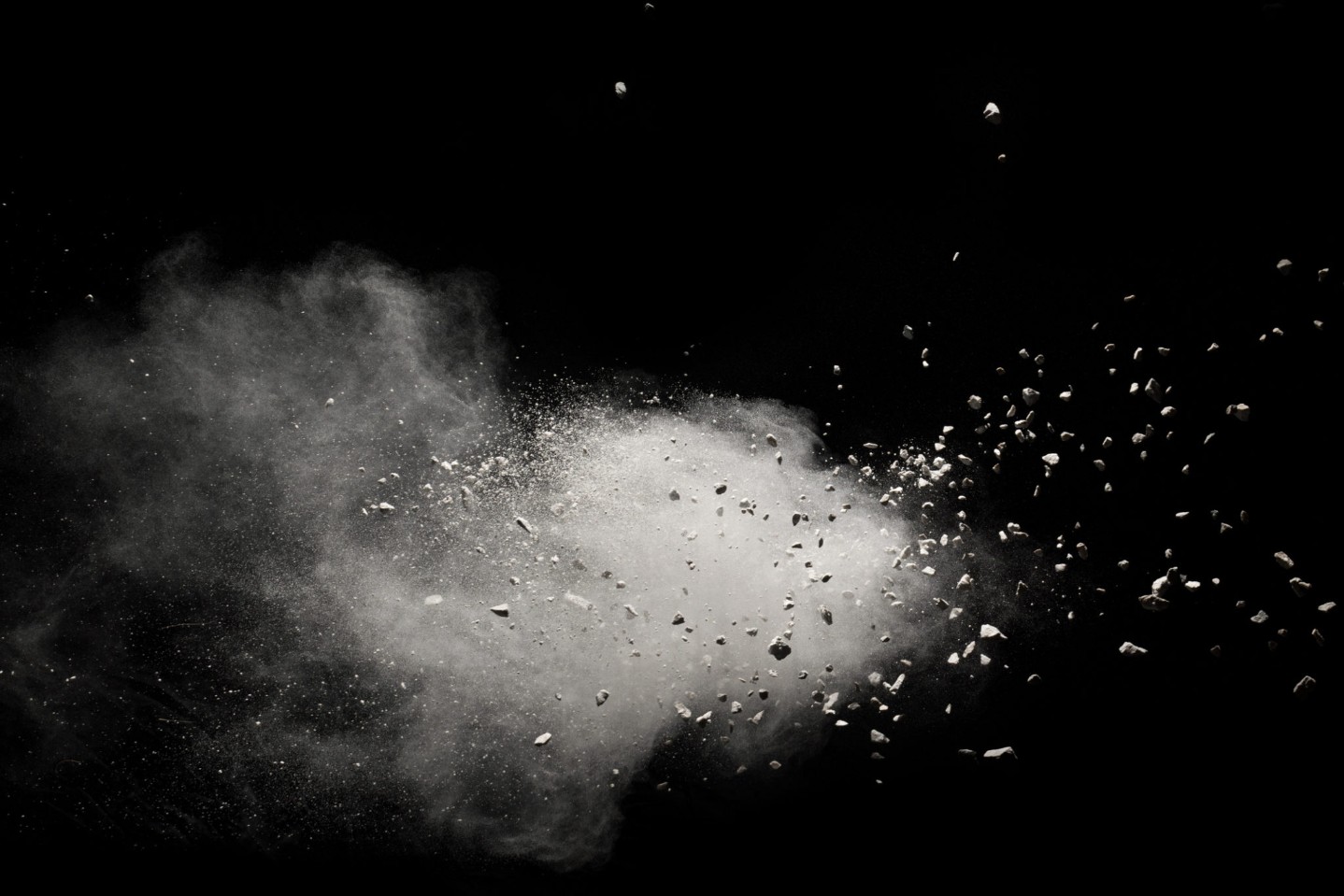Racking up charges in the OR
I heard a report on National Public Radio last Friday that made me squeamishly uncomfortable. The way you get squeamishly uncomfortable when you are out to a fancy restaurant with important people and your child blurts out a sensitive family secret or begins flicking peas across the room with his spoon. You wish you could make the whole thing just disappear.
It was a story highlighting a relatively famous interventional cardiologist in California as he placed a stent into the coronary artery of a patient. The reporter brought a microphone into the lab and captured the doctor’s interaction with his staff as he was plowing through the equipment at his disposal. Here’s an excerpt:
Teirstein holds up a single small piece of metal — it costs $2,000, and it's destined for one of her arteries. He turns the overhead lights on to better show the stent. "They're very small," he says, "and very flexible."
Teirstein turns his attention to a screen showing the patient's arteries. They look like narrow, winding tree roots. Teirstein has to put this stent somewhere in there. He assesses the size of the problem and calls for a 23-millimeter stent. Someone repeats the order, then hands it to him. Teirstein threads it around a bend and up the clogged artery.
He looks back at the screen. "Too big, I think," he says aloud. "What do you guys think? A little bit too long? Want to try an 18?"
Teirstein pulls the stent back down out of the patient's artery and tosses it aside. He calls for an 18-millimeter stent and starts over.
"It's one of the advantages of having a lot of different stents in your cabinet," he says, noting that he can try several sizes to find the best fit.
Teirstein is casual not just with stents but with all his tools. When a tiny wire that looks like it belongs in a piano annoys him during the procedure, he gets rid of it. The wire costs $50.
Then a catheter doesn't sit right in an artery. He calls for another. "You really need a lot of tools to do this procedure," Teirstein says. "They're all kind of expensive. This catheter is probably about $60." It's just a piece of plastic, but it's an FDA-approved piece of plastic that has to bend in the right away and perform its role exactly.
It feels bizarre to stand here not as the patient and not as the doctor but as a sort of accountant. Teirstein goes through five of these $60 plastic tubes in an hour, and three of the $2,000 stents.
The story is entitled “A Medical Mystery: Why Health Care Is So Expensive.” I believe the intent was to highlight the idea that complex medical equipment and procedures are expensive, and that American health care is so expensive because American health care is so technologically advanced.
But if you listen to the actual playback of the story (click on the multimedia button on their website) you’ll come to a different conclusion. Note the cavalier manner with which Dr. Teirstein glibly samples stents and other equipment with the same nonchalance that you’d see in a child tossing away someone else’s money in a candy shop.
The unintended gist of the story, as it hit me on a visceral level, is that health care is so expensive because we doctors are so amazingly wasteful. The cardiologist seems almost proud to be able to show off how many catheters and wires he can burn through in a case.
Most providers are aware of waste and try to minimize it
I am no interventional cardiologist (one who specializes in the repair of narrowed coronary arteries) but I do spend my share of time in the cardiac catheterization lab and know a thing or two about using expensive equipment. I would never approach the use of costly supplies with that degree of dispassion. This vignette of wanton waste appalled me to a degree that surprised even me. And it wasn’t just me—I also spread this story around to a couple of interventional cardiologists in my group and got the same response. Why couldn’t Dr. Teirstein measure the length of the blockage prior to opening the stent? The ability to accurately measure a lesion is available in every lab in America. Are five catheters really needed for each case? I’ve found that 90% of my cases can be done with three or fewer.
We are now truly in a health care crisis, and every huge crisis is nothing more than a thousand small ones stacked up. Each test we order, each prescription we write, and indeed each catheter, wire and stent we reach for costs someone money. In the end that debt is borne by us and future generations. We have an obligation to reign in costs at every level and in most cases we can accomplish this with absolutely no impact on the quality of the care we provide.
I can reassure you, the patient—the consumer of our product—, that most cardiologists do not approach your procedure with the type of disregard that Dr. Teirstein exhibits. We care how much resource we use. We care what kind of bill you get from your hospitalization. We care about your finances and the financial well being of our country. Trust me—Dr. Teirstein is not the norm. He’s just a spoiled kid we wish we hadn’t brought to dinner.





